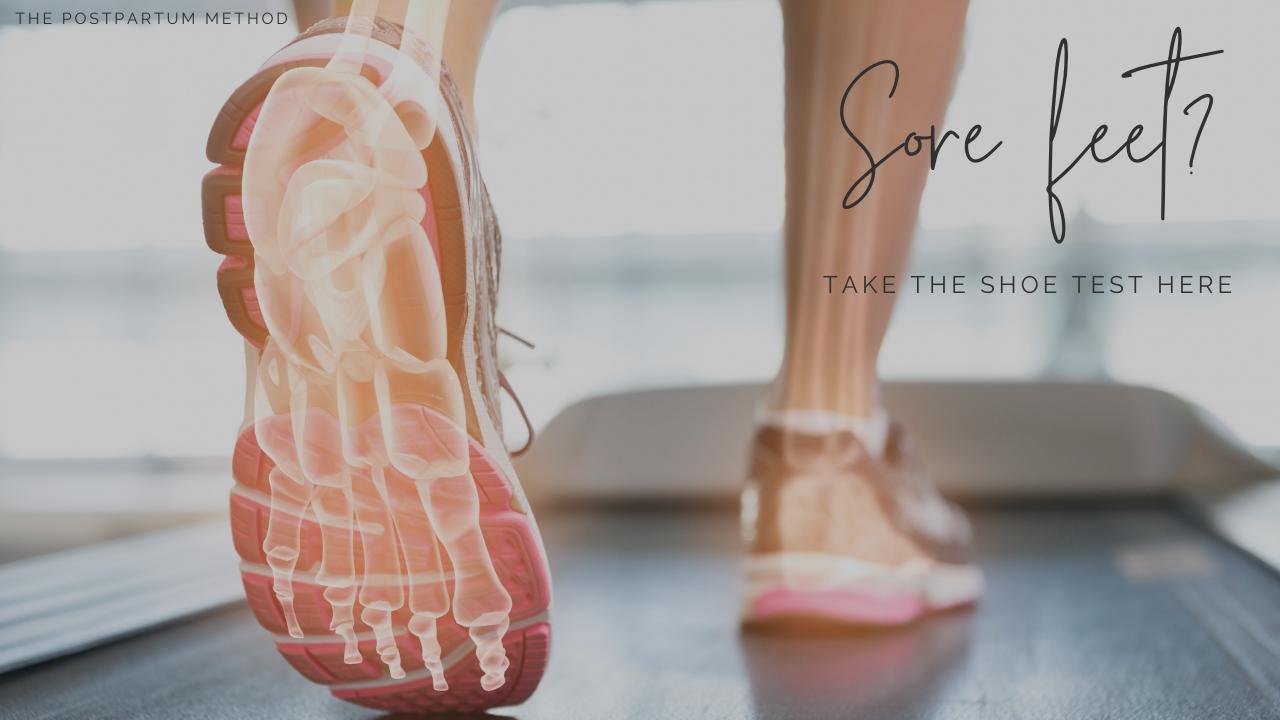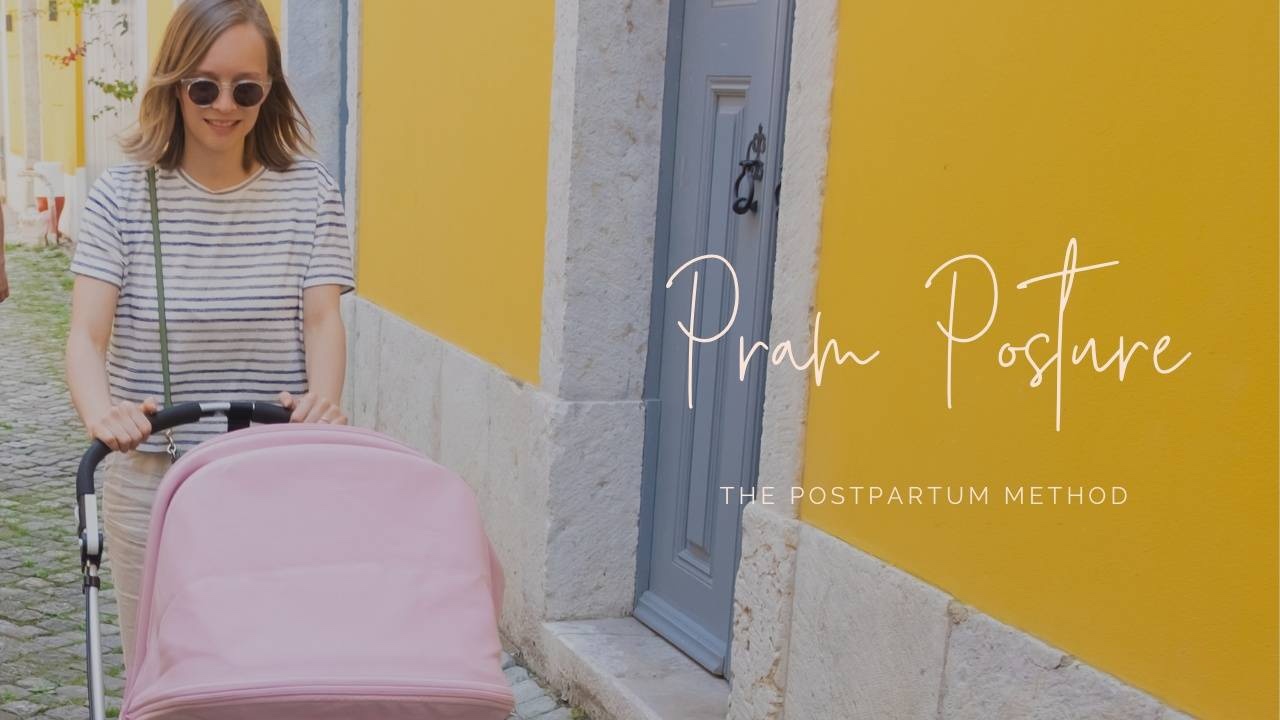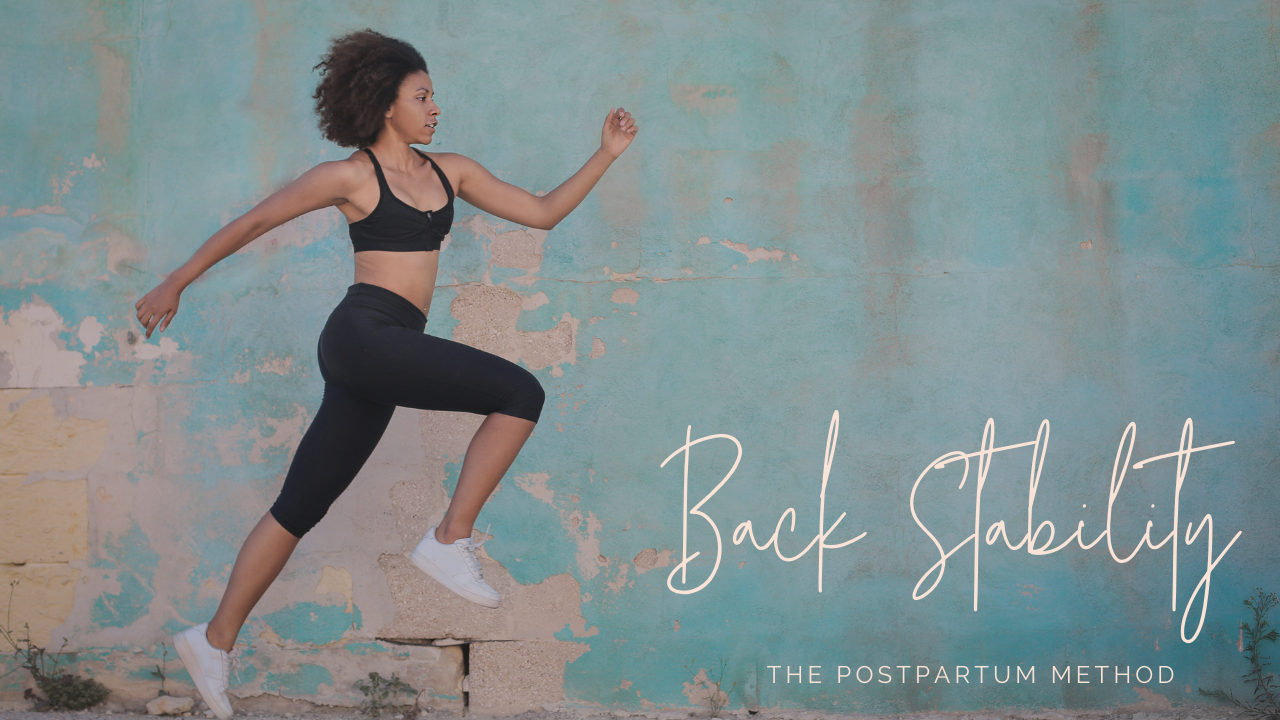A revolutionary way to exercise your core and pelvic floor, from the comfort of home.
- INCONTINENCE - ABDOMINAL SEPARATION - BACK PAIN -
Strength exercises that teach your your whole body how to link to your core (no kegels here!)
FOR RESULTS THAT LAST.
MEDICALLY RECOMMENDED.
If you're experiencing:
- Based on the latest research in clinical exercise and women's health -
Diastasis Recti
Unhealed abdominal separation is one of the most common issues post birth, due to improper care and poor exercise advice. We teach you now to assess it correctly, walking you through step by step to close and/or firm the area, and reinforce the structures to ensure it stays that way.
Pelvic Instability
The sacroiliac joint (SIJ) is a key component of regaining proper pelvic control. If you had pelvic girdle pain during pregnancy, or have hip or lower back pain now, chances are this area needs movement that will stabilise it.
Back Pain
The deep inner core muscles are key in preventing back pain, and protecting the spine during lifting. We teach you which muscles to work, in which order, to ensure that your spine is linked correctly with your abdominals and pelvic muscles.
Pelvic Floor dysfunction
Weakness and also hypertonicity (too much tension) can both create similar symptoms, like leakage, pain during sex, urgency to go the toilet and a heavy sensation. Our self assessments show you how to determine where you're at and what to do about it.
Neck pain and tight shoulders
Postural changes from both pregnancy and carrying a baby (or child!) can lead to alterations in our spine, causing pain when we lift things or exercise.
Bladder leakage
2 out of 3 women experience leakage at some point post birth. Whether it's frequent, or a little "LBL", women need to know that they don't have to put up with it. The right exercise has been proven to completely eliminate leakage. And here's a secret - it has nothing to do with clenching everything 20 times a day.
ANSWERED YES TO ANY OF THESE?
No contracts, no minimum term.

WANTING TO GET BACK INTO RUNNING, BUT KEEP EXPERIENCING BACK PAIN, LEAKING OR SORE KNEES?
Formulated in conjunction with orthopaedic experts, this is the only method out there that teaches women how to integrate their pelvic floor and deep core muscles into running technique.
Women who have had bladder leakage or back pain while running for years finish this part of the program able to run pain and leak free.
ACCESS NOW
WHAT WOMEN WHO HAVE DONE THE PROGRAM SAY....
"In doing this program I healed my abdominal separation that had measured at 4 fingers wide! This program is truly unique in the way it handles post natal exercise" Leah, Therapist, 32.
join here
- We also cover -
Recovering from a C Section
Scar tissue and other surgical implications from having a caesarian birth mean that different exercises are needed for a full and complete recovery of your abdominals.
Wrist pain and/or carpel tunnel syndrome
These issues can hang around long past pregnancy, and have been shown to be greatly alleviated by strengthening and linking the hands back into the shoulder and neck via the deep abdominal muscles.
Feelings of general weakness or body fatigue
Our method is designed to systematically layer, so that each session you make progress, without draining your system. A body that is pushed too hard doesn't heal. We teach you how to find your own 'sweet spot' so that you are challenged, but not exhausted.
Joint Laxity and Hypermobilty
Passive structures like ligaments and tendons loosen off around all of the joints during pregnancy. This can cause issues years later particularly back pain and hip alignment. Each woman has their own unique joint laxity (looseness) profile, which we assess and teach you which exercises are best for you.
Pelvic Organ Prolapse
Exercising with any grade of prolapse needs to be individualised and constructed with care. There are exercises that can improve symptoms dramatically, and others that do more damage. We show you the difference and sequentially progress you through core and pelvic floor recovery.
Foot and Knee problems
A lot of women complain of sore feet directly after birth. This can be exacerbated by an unstable pelvis and the little know fact that the feet connect to the pelvic floor via a connective tissue network, which can contribute to knee pain.
"I wanted to create a program from a reputable source, that women could trust, amongst all the conflicting information out there."
Kristy Ahale is a Clinical Exercise Therapist, with 18 years experience in the fields of rehabilitation and strength training. Her work has included treatment of spinal pathologies, hypermobility syndrome and joint pain.
She has worked exclusively in pre and post natal care for the last 5 years, and has used her hands on knowledge treating hundreds of women to redefine postpartum exercise.

"I had experienced incontinence since first having my children over 20 years ago, which had been steadily getting worse. Now for the first time in my early 50's I am experiencing relief. "
Sue, Teacher, Mum of 2, age 52
Read the latest at the blog...
- The best and most up to date info on exercise for women -




